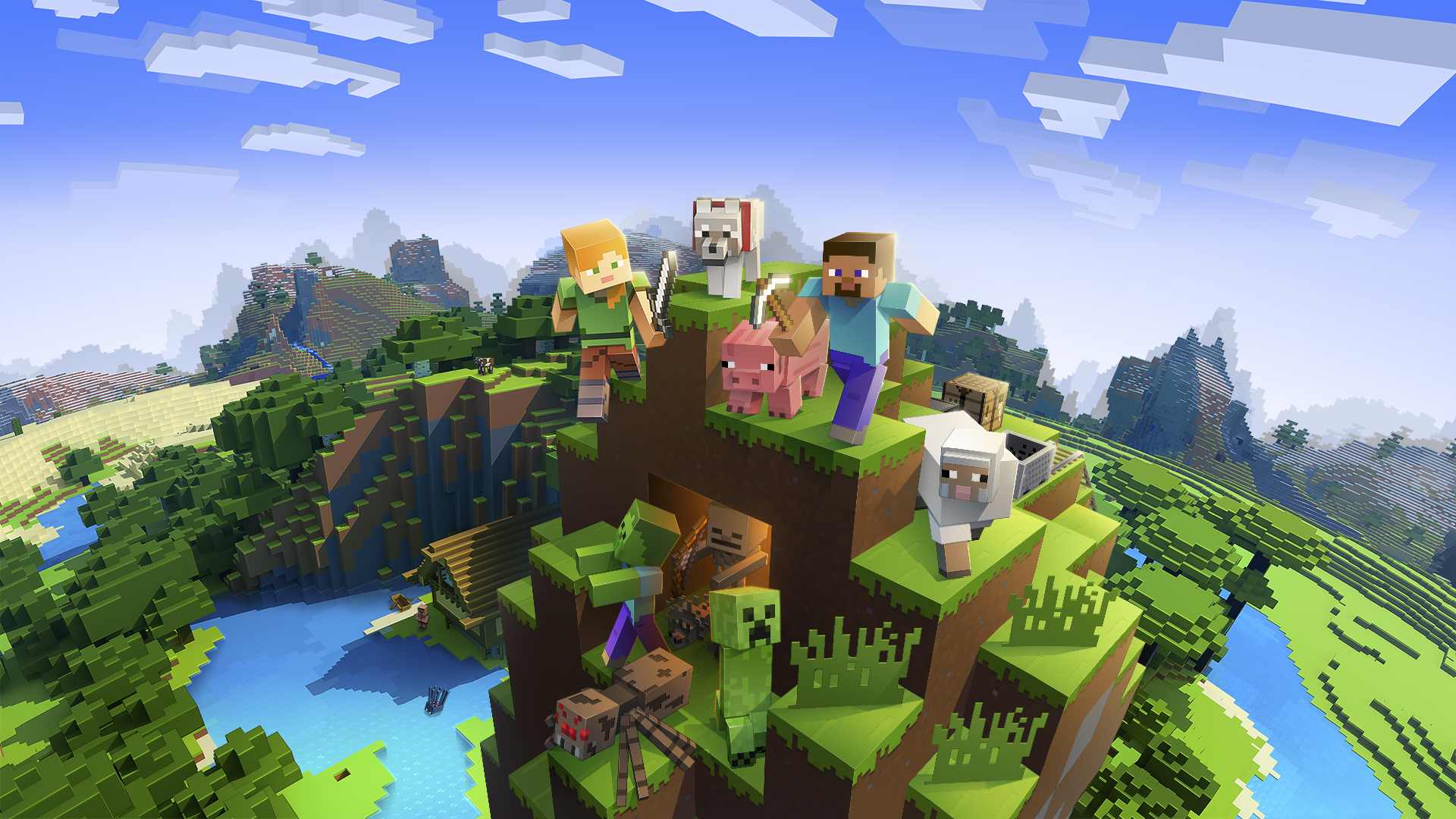
Minecraft’s VR Dream Dies: Microsoft Pulls the Plug on Virtual Reality Support
For years, the promise of exploring Minecraft’s blocky Overworld in virtual reality has tantalized gamers. The immersive potential of standing within your creations, gazing up at towering mountains of your own making, or delving deep into dark, creeper-infested caves was a compelling vision. But that dream has now officially ended, at least within the official Minecraft ecosystem. Microsoft has quietly pulled the plug on VR and Mixed Reality support for the Bedrock Edition of Minecraft, marking another setback for the broader metaverse aspirations and leaving dedicated VR players feeling abandoned.
The death knell for Minecraft VR came with the release of Bedrock Edition version 1.21.80. This seemingly innocuous update, packed with the usual bug fixes and minor tweaks, carried a significant and disappointing change: the removal of native support for both virtual reality and Microsoft’s own Mixed Reality platform. Mixed Reality, Microsoft’s foray into augmented reality that never quite gained traction, was effectively abandoned years ago. Its demise within Minecraft is just another nail in its coffin.
The decision to remove VR support effectively relegates Minecraft to its traditional status: a game enjoyed on multiple consoles, PCs, and mobile devices, but one where the immersive possibilities of VR remain untapped – at least officially. While Minecraft itself remains vibrant and popular, the VR chapter is now closed.
The news is particularly disheartening for those who experienced Minecraft VR firsthand. The ability to literally step inside the game world offered a level of immersion and connection that traditional gaming simply couldn’t match. Building felt more tactile, exploration more adventurous, and the fear of encountering a creeper around a dark corner was amplified tenfold. For many, Minecraft VR represented a glimpse into the future of gaming, a future where virtual worlds felt truly real.
Fortunately, all hope is not entirely lost. The dedicated Minecraft community has once again stepped up to fill the void left by Microsoft. A popular mod called Vivecraft offers a lifeline for those determined to continue playing Minecraft in VR. Vivecraft allows players to experience the sandbox game on Oculus and Windows Mixed Reality headsets, providing a much-needed alternative to the official version.
However, Vivecraft comes with its own set of requirements. It necessitates owning the original PC Java version of Minecraft, a potentially significant hurdle for players who have only ever experienced the Bedrock Edition on consoles or mobile devices. This means an additional purchase and potentially a more complex setup process compared to the now-defunct native VR support.
Microsoft had signaled its intentions regarding VR support months ago, providing a warning period for players to prepare for the inevitable. In an October update from the previous year, the company explicitly stated that its "ability to support VR/MR devices has come to an end" and that support would cease in updates after March 2025. While the official deadline was March 2025, Microsoft appears to have expedited the process, removing VR functionality sooner than initially anticipated.
The company attempted to soften the blow by assuring players that even after the removal of VR support, they would still receive updates on their PCs and be able to play without a VR headset. They also confirmed that players could continue building in their worlds and that Marketplace purchases, including Minecoins, would remain accessible on non-VR devices. However, these assurances did little to appease those who valued the unique experience of playing Minecraft in virtual reality.
The finality of the situation is clear: "You will no longer be able to use your VR/MR device with Minecraft as it will no longer be supported in the latest updates." This statement leaves no room for interpretation and confirms that the official VR dream is over.
The removal of VR support from Minecraft raises several questions about Microsoft’s long-term strategy for virtual reality. While the company has invested heavily in Mixed Reality hardware like the HoloLens, its commitment to VR gaming appears to be wavering. The decision to abandon VR support in Minecraft suggests that Microsoft may be prioritizing other areas of its gaming ecosystem, such as cloud gaming and cross-platform play.
Some speculate that the relatively small number of players using Minecraft VR may have contributed to Microsoft’s decision. Maintaining VR support requires significant development resources, and if the player base is not large enough to justify the investment, it may make financial sense to discontinue it. Others suggest that technical challenges related to optimizing Minecraft for VR may have played a role.
Whatever the reasons behind the decision, the removal of VR support from Minecraft is a blow to the virtual reality community. It represents the loss of one of the most compelling and accessible VR experiences available, and it raises concerns about the future of VR gaming on Microsoft platforms.
While Vivecraft offers a viable alternative for some players, it is not a perfect solution. It requires owning the Java version of Minecraft and may not be as polished or user-friendly as the official VR implementation. Furthermore, it relies on the continued efforts of the modding community, which is always subject to change.
The end of official Minecraft VR support is undoubtedly a disappointment. It serves as a reminder that even the most promising technologies can be abandoned if they fail to gain widespread adoption or if they no longer align with the strategic priorities of major companies. The dream of exploring Minecraft’s blocky world in virtual reality may be fading, but the enduring appeal of the game itself remains as strong as ever. Players will continue to build, explore, and create, albeit without the immersive magic of VR, at least for now. Perhaps one day, Microsoft or another developer will revisit the potential of Minecraft in VR, bringing the dream back to life. Until then, the shovel of dirt has been thrown on the metaverse, at least as it pertains to official Minecraft VR.
